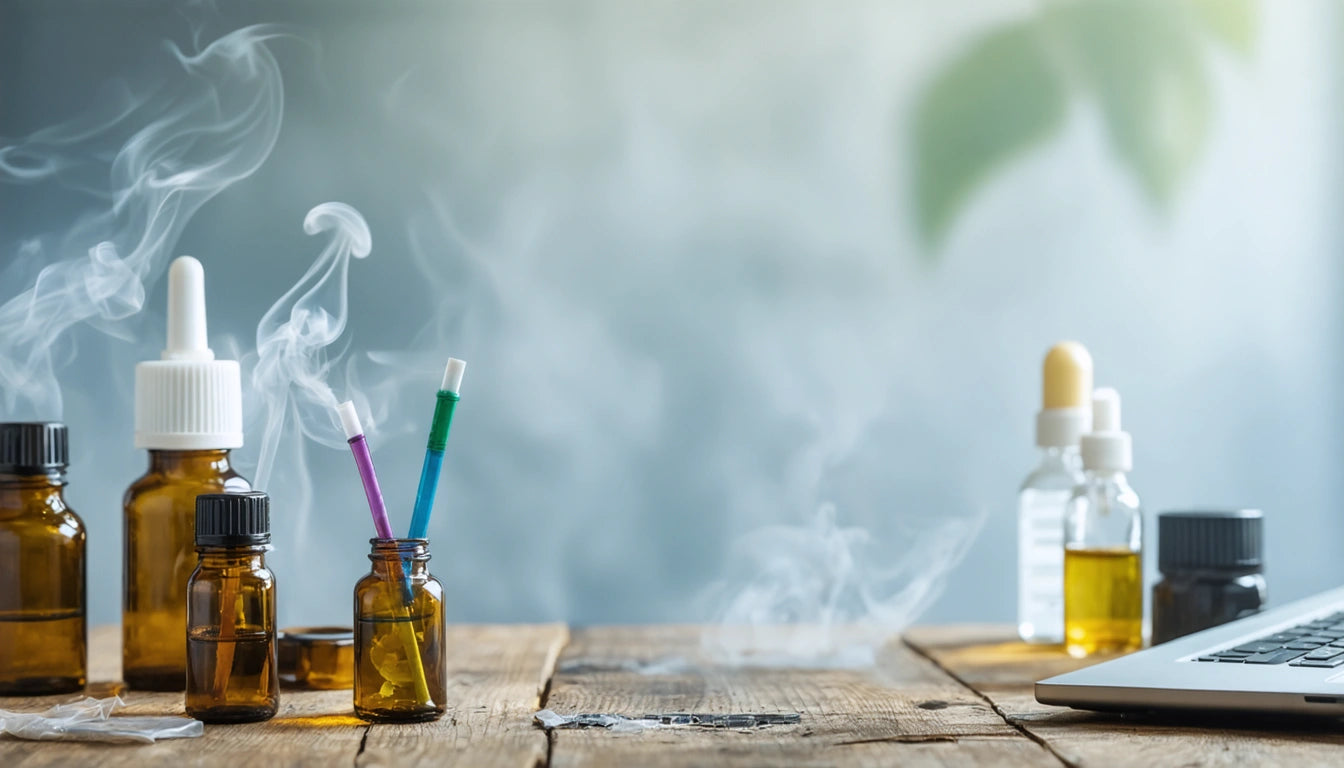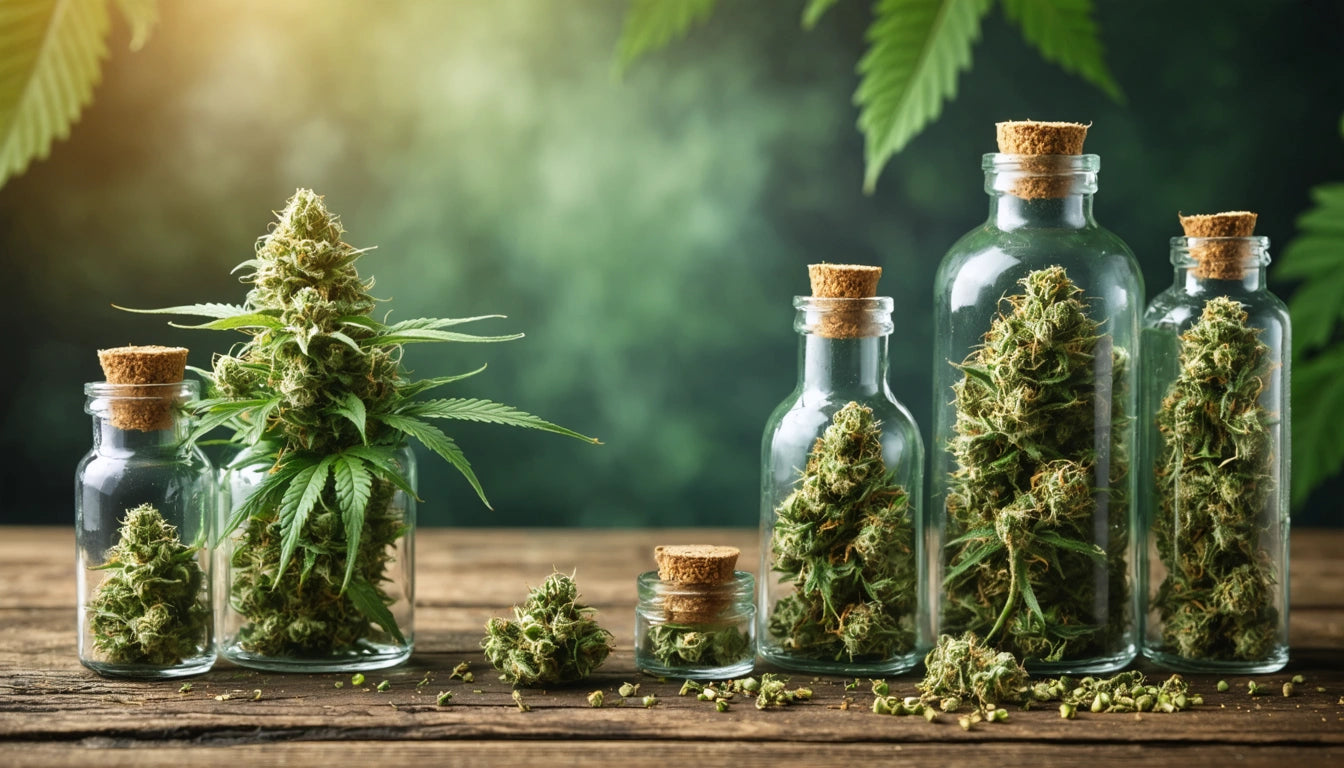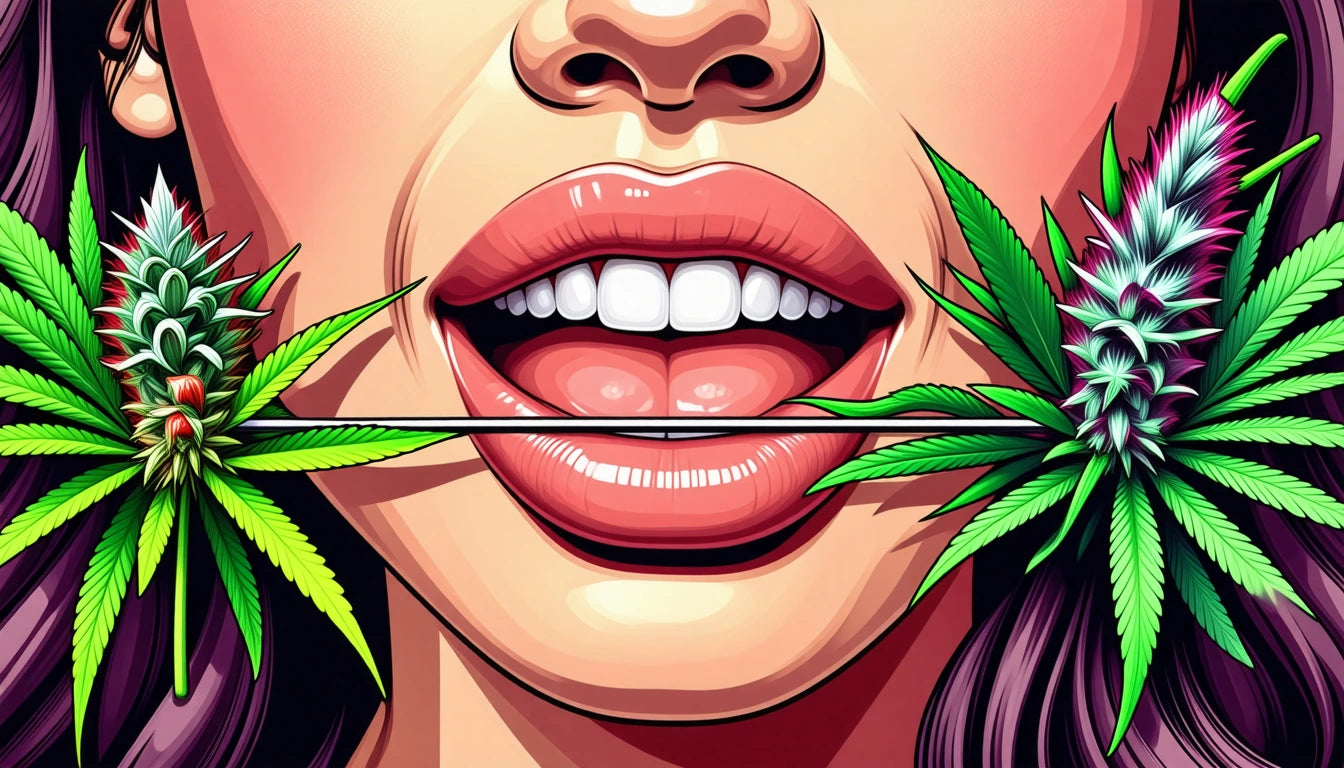Can Secondhand Smoke Cause a Positive THC Test?
The question of whether you can test positive for THC from secondhand smoke is increasingly common as cannabis legalization expands across the country. Many individuals worry about potential consequences of being near cannabis users, particularly in relation to workplace drug testing or legal requirements. This article examines the science behind secondhand cannabis exposure and its potential impact on drug test results.
Understanding Secondhand THC Exposure
Secondhand cannabis smoke contains many of the same chemical compounds found in directly inhaled smoke, including THC (tetrahydrocannabinol), the primary psychoactive component. However, the concentration of THC in secondhand smoke is significantly lower than what's inhaled directly by the user.
When someone is exposed to secondhand marijuana smoke, small amounts of THC can enter their bloodstream through the lungs. As explained in this detailed analysis, the amount absorbed is typically minimal compared to direct consumption.
Factors Influencing Secondhand THC Detection
Several variables determine whether you can test positive for THC with secondhand smoke exposure:
- Ventilation: Poorly ventilated, enclosed spaces significantly increase the risk of THC absorption.
- Proximity: Being in immediate proximity to multiple cannabis users increases exposure levels.
- Duration: Longer exposure periods allow more THC to enter the system.
- Potency: Higher-THC cannabis products release more THC into the surrounding air.
- Frequency: Regular, repeated exposure builds up more detectable compounds than one-time exposure.
These factors work in combination to determine whether THC will be detectable in your system from secondhand smoke. For most casual, brief exposures in well-ventilated areas, the risk is minimal.
Research on Passive THC Exposure
Scientific studies have investigated whether you can get THC in your system from secondhand smoke. A notable Johns Hopkins University study placed non-users in a small room with active cannabis smokers for one hour. The researchers found that under extreme conditions (small unventilated room, high-potency cannabis, multiple smokers), non-smokers could potentially test positive on a sensitive urine test, but only within a narrow timeframe after exposure.
As detailed in this analysis of secondhand detection, most real-world scenarios don't create sufficient exposure to trigger a positive result on standard tests.
For those concerned about product safety and containment, proper storage solutions with secure caps and lids can help prevent ambient cannabis exposure in shared living spaces, which is particularly important for households with children or those subject to testing.
Types of Drug Tests and Detection Windows
Different testing methods have varying sensitivities to THC and its metabolites:
Urine Testing
The most common drug screening method, urine tests detect THC-COOH, a metabolite formed when the liver processes THC. According to this explanation of THC metabolites, standard urine tests typically use a threshold of 50 ng/mL, which is unlikely to be reached through secondhand exposure alone.
Blood Testing
Blood tests detect active THC in the bloodstream and have a shorter detection window than urine tests. They're more likely to identify very recent exposure but are still unlikely to show positive from typical secondhand exposure scenarios.
Hair Testing
Hair tests have the longest detection window but are generally not sensitive enough to detect the minimal amounts of THC from secondhand smoke. They typically require direct and repeated consumption to show positive results.
Saliva Testing
Oral fluid tests detect recent use and could potentially show positive from very recent, heavy secondhand exposure, though this is uncommon in typical exposure scenarios.
For more detailed information about how THC appears in different test types, this resource on blood testing provides valuable insights.
Minimizing Risk of Passive Exposure
If you're concerned about whether you will test positive for THC from secondhand smoke, consider these precautions:
- Avoid enclosed spaces where cannabis is being consumed
- Ensure good ventilation if you must be in areas where cannabis is present
- Limit time spent in environments with heavy cannabis smoke
- Be aware that repeated exposure presents more risk than occasional exposure
- Consider informing testing authorities if you have unavoidable exposure situations
Most experts agree that the risk of testing positive from secondhand cannabis smoke is low under normal circumstances. However, those subject to zero-tolerance policies or frequent drug testing should exercise additional caution.
Understanding how drug tests work and the factors that influence detection can help individuals make informed decisions about potential exposure situations and testing outcomes.











Leave a comment
All comments are moderated before being published.
This site is protected by hCaptcha and the hCaptcha Privacy Policy and Terms of Service apply.